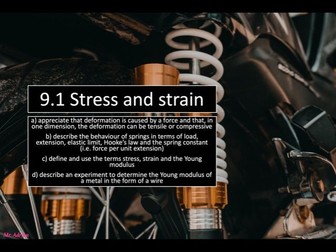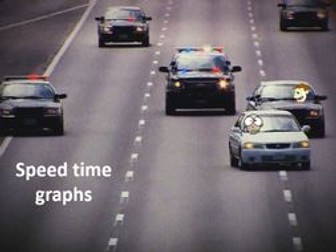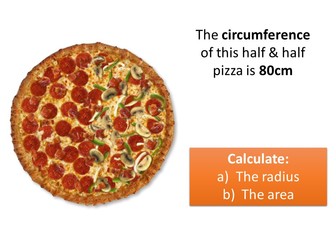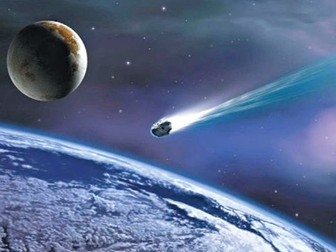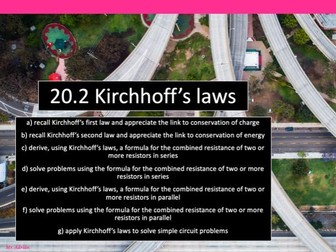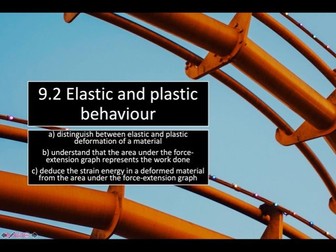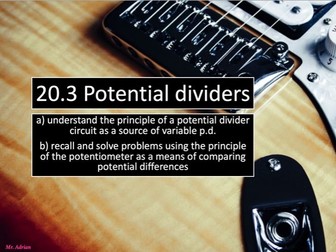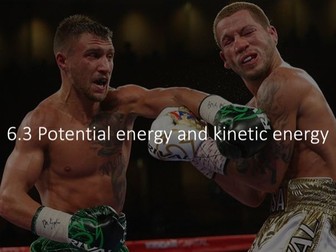9.1 Hooke's Law, Young Modulus, Stress and Strain
<p><strong>9.1 Stress and Strain</strong></p>
<p>CIE AS Level Physics 9702</p>
<p>Powerpoint including notes, examples, virtual labs and past paper questions.</p>
<p>a) appreciate that deformation is caused by a force and that, in one dimension, the deformation can be tensile or compressive<br />
b) describe the behaviour of springs in terms of load, extension, elastic limit, Hooke’s law and the spring constant (i.e. force per unit extension)<br />
c) define and use the terms stress, strain and the Young modulus<br />
d) describe an experiment to determine the Young modulus of a metal in the form of a wire</p>
